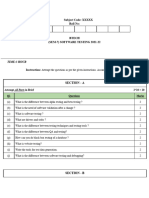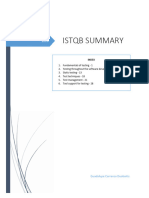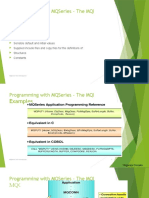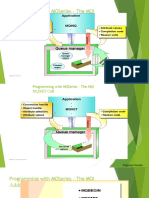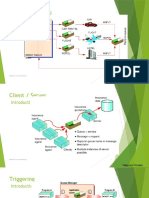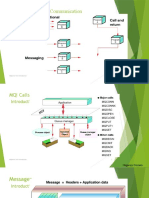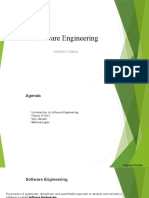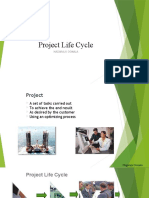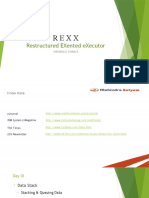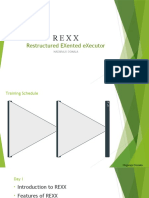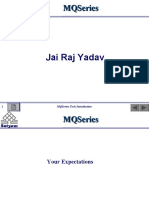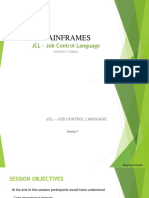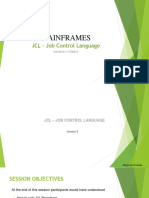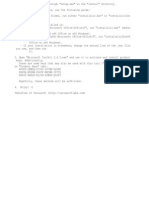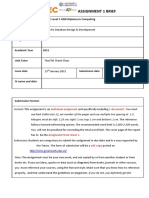0% found this document useful (0 votes)
643 views12 pagesTesting-PPT-1-Fundamentals of Testing - Part-2
The document discusses why software fails, why testing is necessary, what testing is, important testing terms, and the relationship between testing and quality. It lists common reasons why software fails such as unrealistic goals, poor requirements, and programming errors. It explains that testing helps find faults and failures during development and operations. Testing is defined as a process to identify correctness, completeness, security and quality. Important terms discussed include debugging, errors, defects, failures, and quality.
Uploaded by
NagfaceCopyright
© © All Rights Reserved
We take content rights seriously. If you suspect this is your content, claim it here.
Available Formats
Download as PPTX, PDF, TXT or read online on Scribd
0% found this document useful (0 votes)
643 views12 pagesTesting-PPT-1-Fundamentals of Testing - Part-2
The document discusses why software fails, why testing is necessary, what testing is, important testing terms, and the relationship between testing and quality. It lists common reasons why software fails such as unrealistic goals, poor requirements, and programming errors. It explains that testing helps find faults and failures during development and operations. Testing is defined as a process to identify correctness, completeness, security and quality. Important terms discussed include debugging, errors, defects, failures, and quality.
Uploaded by
NagfaceCopyright
© © All Rights Reserved
We take content rights seriously. If you suspect this is your content, claim it here.
Available Formats
Download as PPTX, PDF, TXT or read online on Scribd
/ 12





































